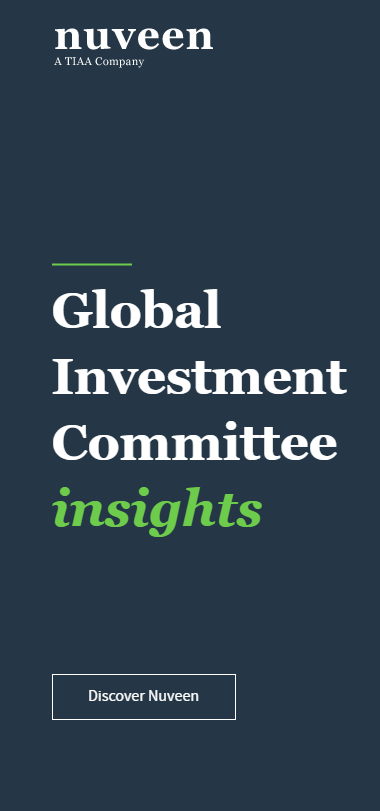
September 6, 2019 – With 10 and 30 year Treasuries hovering near historic lows, at 1.54% and 2.02% respectively, public finance investment bankers have been actively pitching advance refundings using taxable debt.
The Tax Cut and Jobs Act (TCJA) limited municipalities’ ability to advance refund–under IRS rules, refinancing a municipal bond before its first optional call date by more than 90 days–bonds using new tax-exempt refunding bonds.
Before the passing of TCJA in November 2017, municipal issuers frequently “advance refunded” bonds that provided substantial savings, as much as 15-20% on a present value basis for each bond when compared to pre-refinancing debt service. The removal of this ability had severely curtailed municipal supply for 2018 and 2019 year to date.
If you’re a municipal issuer with tens or even hundreds of millions of bonds with call dates in the next 1-3 years (but not within the next 1-6 months), should you utilize taxable bonds to advance refund bonds?
The Cost of Waiting
Unlike high-coupon bonds with pass-due call dates, the cost of waiting does not necessarily go up with the passage of time. In fact, to advance refund bonds with future call dates is essential a “bet” that interest rates will increase in the immediate future.
Interest rates are currently low for two reasons: (1) economic uncertainty and fears of a recession and (2) U.S.-China trade uncertainty.
Dealers BuyMuni spoke with opined that a 100-150 basis point increase in 30-year Treasuries (essentially, retracing last year’s levels) would render the taxable refunding idea less attractive.
Special Cases That Merit Consideration
There are a few situations where issuers may indeed decide to bite the bullet and execute a taxable refunding soon.
Investor Saturation
For lower-rated utility and revenue bond issuers that may experience investor saturation, issuing taxable refunding bonds may be a way to tap new investors in the corporate high-yield space. Such credits tend to have problematic performance issues, so locking in interest savings today may be preferable to rolling the dice and waiting 2-3 years when more credit issues may surface.
Bountiful Bonds with Positive Option Value
Conversely, there are some very highly-rated issuers–New York State and California issuers come to mind-who have billions of bonds that will be callable at par in the next 1-3 years.
For municipal issuers with a bountiful “endowment” of bonds with positive option value, a decision to wait rather than to remove some interest rate risk can be seen as an interest rate call itself, i.e. betting that rate will not increase sufficiently such that bonds lose their option value.
Contact Karen Bigelow at KBigelow@buymuni.com.



